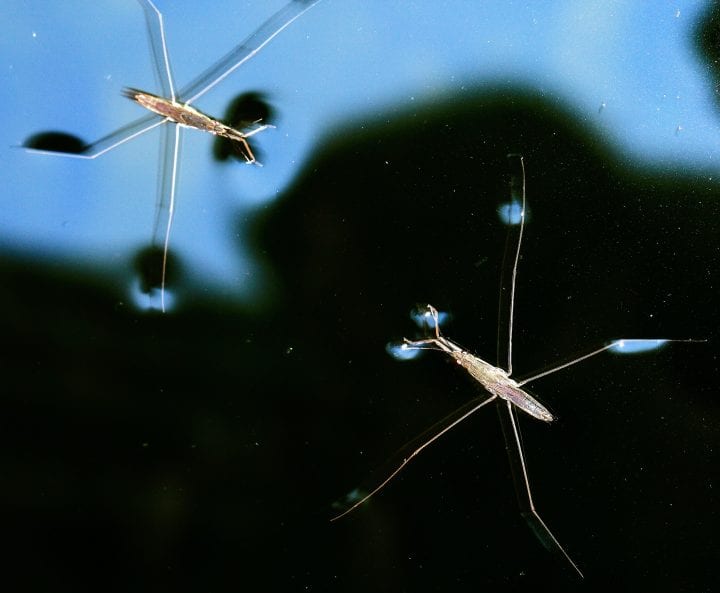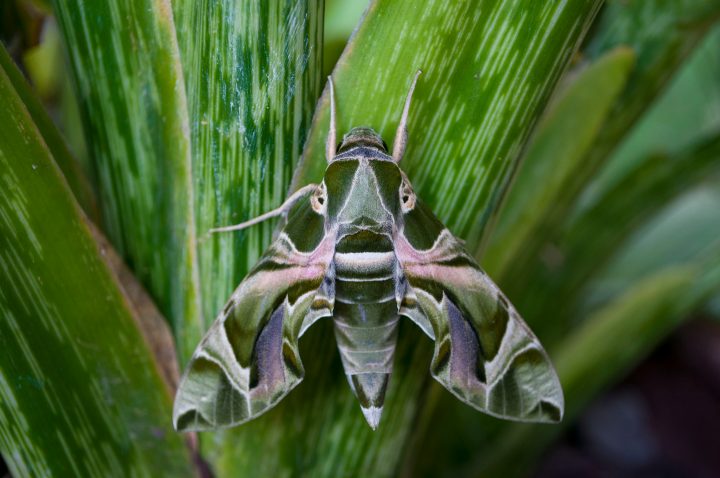The antennae of male mosquitoes sense vibrations via fine, hair-like structures that respond to oscillations of air particles.
Insect antennae are important non-visual sensory organs. Mosquitoes use their antennae as movement receivers that respond to oscillations of air particles within the insects’ surroundings. This is auditory sensing, also known as hearing. Male mosquito antennae are particularly well-adapted to detect sound as a means of finding mates. They can specifically recognize the frequency of female mosquitoes’ wing beats while flying.
Structurally, mosquitoes have two antennae beneath their eyes, each with two segments. The primary segment in males is composed of a ‘plumose’ shaft, meaning it is coated in long, feather-like fibrils or hairs. These hairs are shorter at the tip of the shaft and increase in length toward the rear. The primary segment is connected directly to the secondary segment, which holds the Johnston organ. The Johnston organ is a spherical base, densely packed with neurons. This bundle of sensory receptors is extra sensitive to the forces acting on the shaft hairs. When the hairs are moved, the forces are immediately transmitted and recognized by the sensitive neurons in the Johnston organ.
Sounds create oscillating waves, or vibrations. Depending on the frequency of sound around the mosquito, these oscillating waves emit forces on the hairs. Higher frequencies create stronger forces, while lower frequencies create weaker ones. It is thought that the hairs and the shaft of male mosquito antennae are extremely well coupled with the frequency of female wing beats. When male mosquitoes are within a few centimeters of female mosquitoes, the oscillations of air particles (also vibrations, or, sound waves) from the female flight sound cause the hairs on the males antennae to displace in a particular way. At the biological frequency of a female mosquito’s wing beat, this displacement occurs in phase with the displacement of the antenna shaft (aiding in an even stronger sensory signal). Having this coupling increases the acoustic sensitivity of the harmonic oscillations, enabling the signal to be transmitted to the sensitive Johnston organ.
Female flight sound has been measured at roughly 380 Hz. When using a tuning fork at this frequency, male mosquitoes are drawn to the tuning fork. This indicates that the sound, and its vibrational wave patterns, is the primary sensory mechanism for male mosquitoes. Every frequency emits a different type of wave pattern; 380 Hz and its coupled wave pattern are indicative that a female mosquito is nearby and thus, aid in efficient recognition for reproductive purposes.
This summary was contributed by Sarah Dodge.







